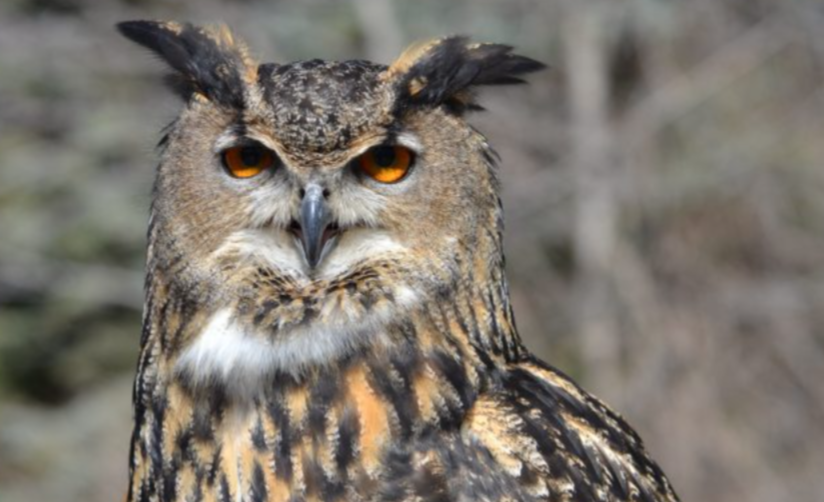
7 Animals That Are Rarely Kept Captive in Zoos

While zoos around the world house a variety of species, there are some animals that are rarely kept in captivity due to their specialized needs, endangered status, or difficulty in replicating their natural habitats.
These animals are not only harder to care for but also often require highly controlled environments to thrive.
Here are seven fascinating creatures that are seldom seen in zoos:
1. Snow leopards
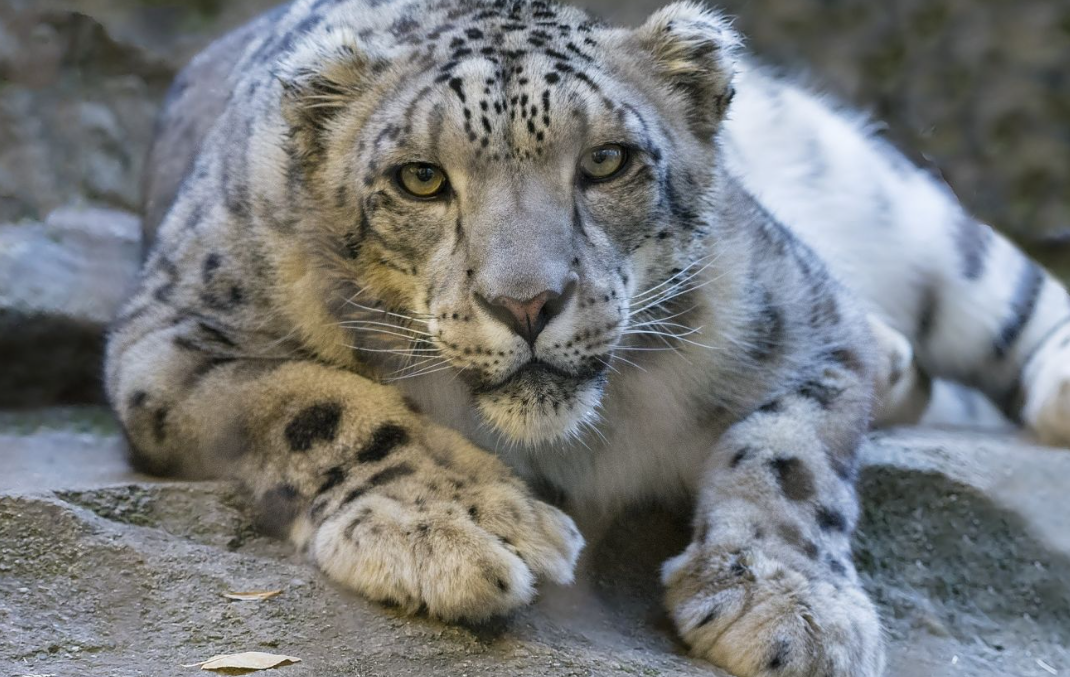
Known for their solitary and elusive nature, snow leopards are a challenging species to house in zoos. They originate from cold, rugged mountain environments, making it difficult to recreate the vast, rocky terrain they need to roam. Many zoos lack the space and resources to accommodate them properly, leading to their rarity in captivity.
2. Orangutans
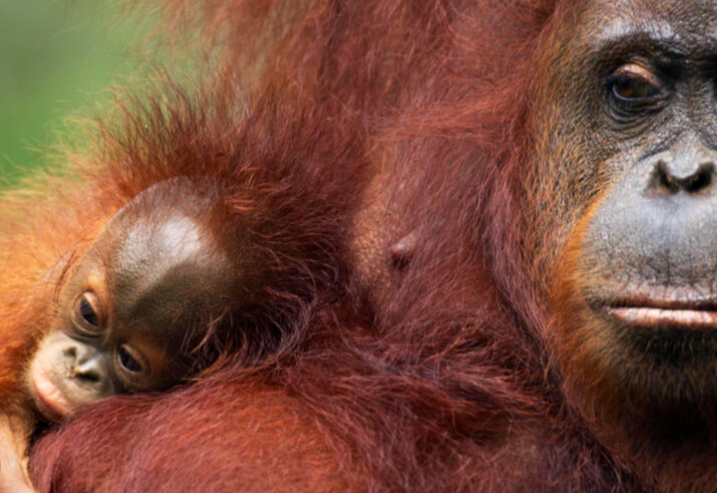
Orangutans are highly intelligent primates with complex social behaviors and a need for large, enriched habitats. These great apes require considerable mental stimulation and physical space to stay healthy, which makes it tough for zoos to provide an ideal environment. As a result, many zoos have limited orangutan populations, focusing instead on conservation efforts in the wild.
3. Jaguars
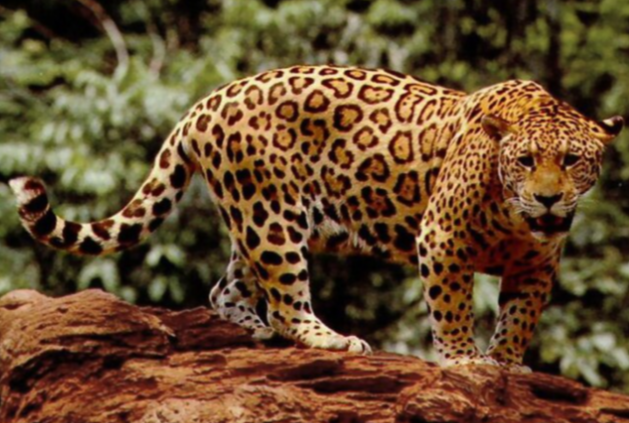
Although jaguars are part of the big cat family, they are often not housed in many zoos due to their solitary and territorial nature. Jaguars are also more elusive than other big cats, which means they need significant space and environmental complexity to feel secure. Zoos that do house them tend to feature vast, naturalistic enclosures to accommodate their needs.
4. Giant Pandas
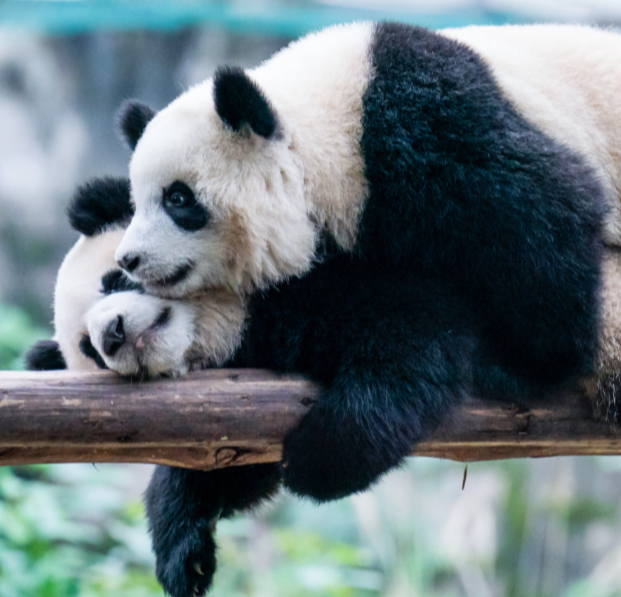
Giant pandas are a conservation success story, but they remain rare in zoos, especially outside of China. They have highly specialized diets, requiring large quantities of bamboo, and are notoriously difficult to breed in captivity. As a result, only a few zoos worldwide house giant pandas, and those that do typically engage in extensive breeding and conservation programs.
5. Narwhals
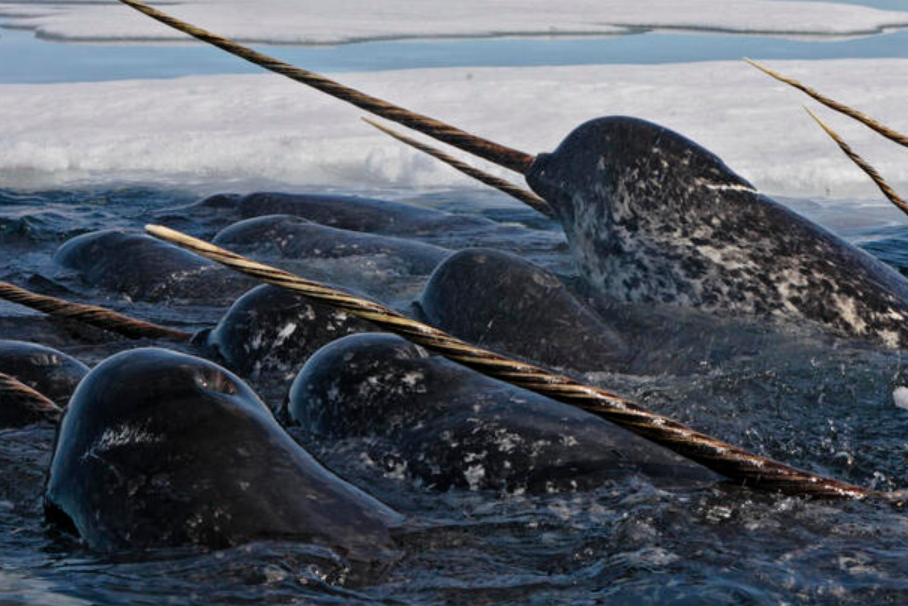
Often referred to as “the unicorns of the sea,” narwhals are rarely kept in captivity because of their need for deep, cold Arctic waters. They also have complex social structures and migratory patterns that are nearly impossible to replicate in a zoo setting. The delicate balance of their environment makes them a challenging species for any zoo to house.
6. Kakapos
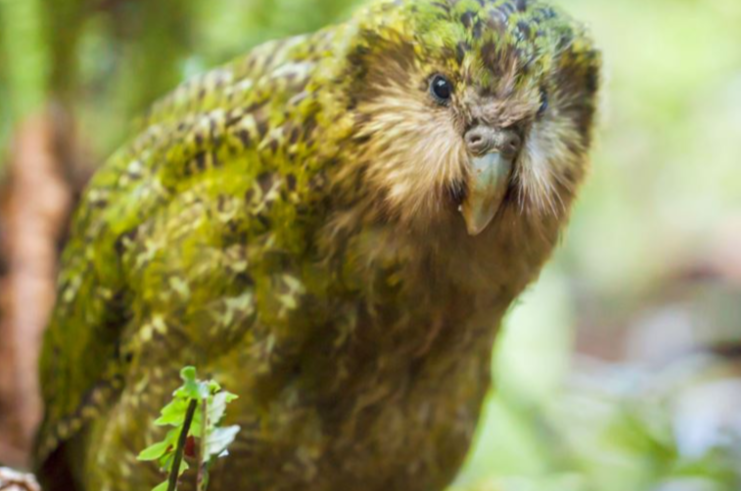
This flightless parrot, native to New Zealand, is critically endangered and faces significant challenges when it comes to captivity. Kakapos require a specific diet and environment, which makes it difficult for zoos to meet their needs. Conservation efforts for this unique species are focused on controlled breeding programs rather than public zoo exhibits, making them extremely rare in zoos.
7. Axolotls
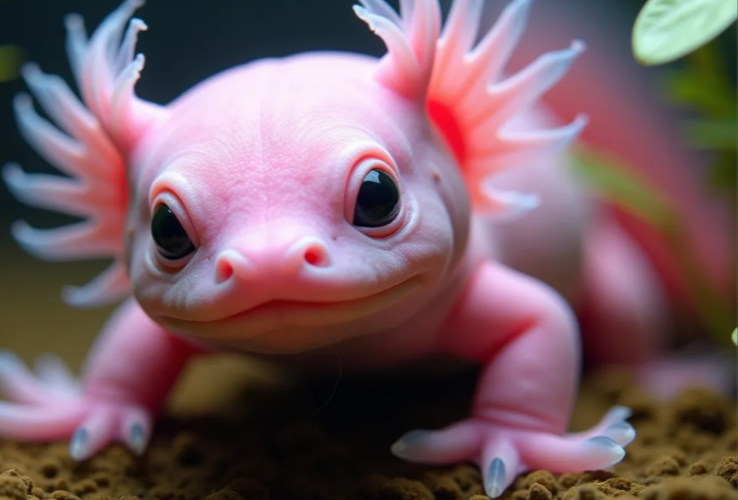
While axolotls are sometimes found in aquariums, they are rarely housed in larger zoos due to their very specific aquatic needs. These fascinating creatures thrive in cool, freshwater environments, and their care requires precise water quality and temperature control. They are more often kept in research labs or conservation-focused aquariums, rather than in traditional zoo exhibits.




